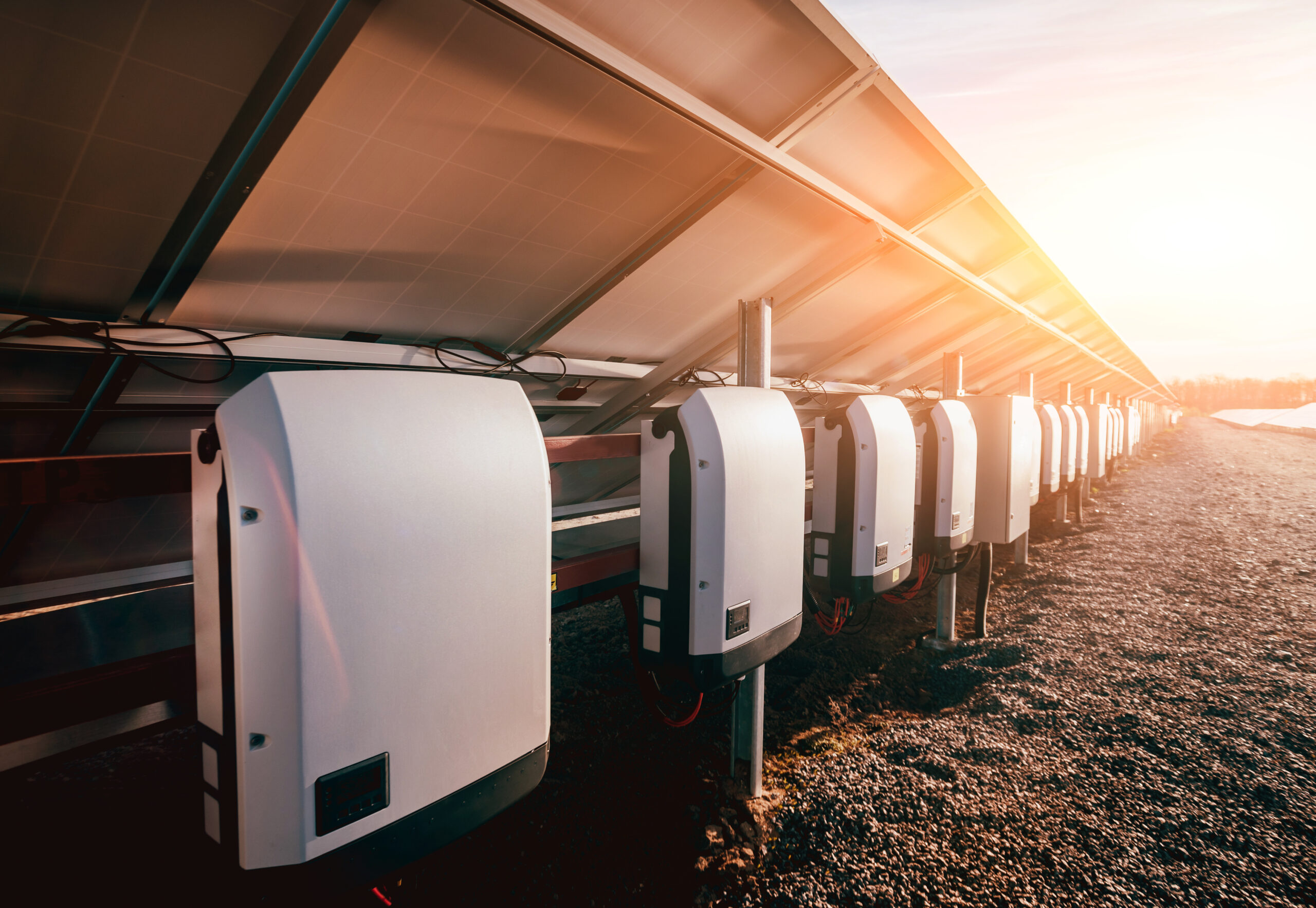Many experts believe that we will be employing fuel cells to create electricity for a wide range of everyday things shortly. A fuel cell is a mechanism that generates electricity through an electrochemical reaction using a fuel source (e.g., Hydrogen) with an oxidant. It’s a mechanism that transforms chemical energy into electrical energy, similar to the batteries seen in cars and lamps.

All fuel cells contain the same fundamental components: an electrolyte and two electrodes. However, several distinct types of fuel cells differ primarily in the sort of solution they employ. There are many blending of oxidant and fuel. Wind, chlorine, even chlorine dioxide can also be used as oxidizing agents in place of gasoline or methanol as the fuel source. The ingredients used in the vast majority of today’s fuel cells are Hydrogen and Oxygen.
Different Types For Different Purposes
Several types of Fuel Cells are widely available to this date. Depending on the type of hardware, electrolyte, type of reaction, fuel used, thermal range, power output, and other relevant variables, their applicability varies as well. Some of the most widely used fuel cell types are,
- Alkaline (AFC)
- Solid Oxide (SOFC)
- Molten Carbonate (MCFC)
- Reversible (RFC)
- Direct Methanol (DMFC)
- Direct Ethanol (DEFC)
- Polymer Electrolyte Membrane (PEMFC)
- Phosphoric Acid (PAFC)
- Tubular Solid Oxide (TSOFC)
Thanks to the different types and working mechanisms, Fuel Cells can power small systems and portable devices such as Tablets or Laptop Computers. Similarly, some Fuel Cells can work at very high thermal ranges, working as power sources in stations and large establishments.
Experimentally Verified
The concept of Fuel Cells is not just some hypothetical theory that only recently popped up. It was first invented back in the mid-nineteenth century and had been developing ever since. Physicist and lawyer William Grove from Wales discussed creating his first rudimentary fuel cells, which consisted of sheet irons, copper, and ceramic plates with sulfate of copper and a weak acid mixture.
The tank-to-wheel performance of a Hydrogen fuel cell truck is more than 45% at low loads and displays a percentile rank of approximately 36% when the NEDC (New European Driving Cycle) is employed as a test technique. In comparison, the NEDC rating for a Diesel car is 22%. Using Honda’s gasoline stacks, the FCX Clarity claimed a 60 percent tank-to-wheel economy when it was launched in 2008.
It’s also crucial to account for the costs of fuel supply, distribution, and handling. Condensed Hydrogen fuel cell cars can achieve power-plant-to-wheel effectiveness of 22% when the Hydrogen is maintained as high-pressure gas and efficiency of 17% if the Hydrogen is held as a fluid. Fuel cells cannot accumulate like a battery, apart from Hydrogen. However, in some uses, such as stand-alone power stations built on intermittent sources like wind or solar, they are coupled with electrolyzers & storage systems to construct a power retention unit.
Ninety percent of Hydrogen is utilized in oil refining, industrial and agricultural manufacturing, and 98 percent of Hydrogen is generated by steam methane reforming, which releases carbon dioxide into the atmosphere as of 2019. The overall capacity of these plants can be “between 35 to 50%” based on gas pressure and other variables (round-trip efficiency) when utilizing Hydrogen fuel and Oxygen). Hydrogen can be stored indefinitely in the electrolyzer/fuel cell combo, making it an excellent option for prolonged storage.
Now, let’s look at some of the practical applications of Fuel Cells to determine the future applicability of this technology.
Power System
Static fuel cells are being used to generate main and standby electricity in corporate, industry, and domestic applications. Isolated power supplies like satellites, radars, extensive parks, telecommunication centers, observatories (as well as in some military applications) can benefit significantly from the usage of fuel cells. Hydrogen-powered fuel cell systems may be small, light, and free of significant mechanical components. Because fuel cells have no moving pieces and do not require combustion, they offer the dependability of up to 99.9999 percent under optimal circumstances. Over the course of six years, this amounts to little than seconds of downtime.
At Washington’s Stuart Island, an initiative like this is already in place. Solar arrays fuel an electrolyzer that generates Hydrogen in the Stuart Island Energy Initiative [80closed-loop ] ’s system. There’s a 500-gallon (1,900 L) hydrogen tank with a pressure of 1400 kPa in the house’s off-the-grid rear system, which powers a ReliOn fuel cell. Hempstead, New York, presented a third closed system loop towards the end of 2011.
Cogeneration
Systems that produce electricity and heat for houses (see residential fuel cell), office buildings, and industries employ combined-heat-and-power (CHP) fuel cell systems. The technology creates a steady supply of electric power while also using waste heat to warm the air and water. As an outcome, CHP programs can conserve core energy by utilizing waste heat typically discarded by thermal power transition systems. Home fuel cells usually have a capacity of 1–3 kWel or 4–8 kWth. Energy-efficient refrigeration systems utilize waste heat from combined heat and power (CHP) systems connected to coolants.
A cogeneration approach achieves an efficiency of up to 85% (electric for 40–60% of the system and thermal for the remaining). Globally, the PAFC market represents the most critical sector of existing CHP products and can deliver combined efficiencies of almost 90%. District heating (CHP) systems employ solid-oxide fuel cells (SOFC) & molten carbonate (MCFC), both of which have a grid power efficiency of around 60%.
FCEVs ( Fuel Cell Electric Vehicles)
The internal electric motor of a fuel cell electric vehicle (FCEV) is driven by a fuel cell, which may be combined with a rechargeable battery or supercapacitor. Condensed Hydrogen and air are used in vehicle fuel cells to generate electricity. Vehicles powered by fuel cells often have zero emissions.
Automobiles
As always, the spotlight is on these personalized vehicles. By the start of 2020, 18,000 FCEVs were leased or sold around the world. The Toyota Mirai FCEV, Honda Clarity FCEV, and Hyundai ix35 FCEV seem to be the additional commercially available fuel cell electric cars. Mercedes-Benz F-Cell & Honda FCX Clarity are also on display. Over 4,800,000 km of driving and over 27,000 refuelings had been accomplished with prototype FCEVs as of June 2011. The typical refueling range of a fuel cell electric car is 314 miles per fill-up.
Buses
Roughly 100+ fuel cell buses had been put into operation worldwide by August 2011. UTC Power and Toyota primarily made them. Other notable manufacturers include Ballard and Hydrogenics. By 2011, UTC buses collectively logged more than 600,000 miles. Diesel and fossil fuels buses consume 39% to 141% more fuel than fuel cell buses.
Forklifts
To lift and carry items, fuel cell forklifts are being utilized. It’s also known as a fuel cell lift truck. In the United States, approximately 4,000 fuel cell forklifts were operating for production lines in 2013, with DOE financing for 500 of those (2012). Businesses including FedEx Freight, Sysco Foods, Kimberly Clark, GENCO, Wegmans, Coca-Cola, and H-E-B Grocers run fuel cell forklifts. Others include Sysco. Twenty fuel cell forklifts were shown with HyLIFT-EUROPE. The program was later expanded to 200 units with further initiatives in France.
Airplanes
The Ion Tiger of the Naval Research Laboratory (NRL) flew for 23 hours and 17 minutes in 2009 using a hydrogen-powered fuel cell. Fuel cells are also being studied and explored for auxiliary power in airplanes, substituting fossil fuel turbines formerly used to activate the propellers and power onboard electrical operations while decreasing carbon emissions.
A Raptor E1 drone used a lighter fuel cell than the lithium-ion battery it replaced in 2016 and completed a maiden flight. While the fuel cell had enough fuel to fly for two hours, the trip only lasted ten minutes at an elevation of 80 meters.
Portable Power
For the most part, portable fuel cell systems are defined as those that weigh less than 10 kg and provide no more than 5 kW of electricity. Because of the enormous potential demand for lighter fuel cells (with a growth speed of up to 40% per year and a market value of about $10 billion), many efforts are being put into developing mobile power cells.
The primary goal of microfuel cells is to break into the mobile phone and laptop markets. This is important because fuel cells have a higher energy density than lithium-ion batteries, which benefits the overall system. This system comprises both the charger and the battery in the case of a battery. The fuel cell system would contain the fuel cell and any necessary fuel, and any peripheral hookups. Fuel cells have been proven to deliver 530 Wh/kg of power compared to li-ion cells’ 44Wh/kg of energy per kilogram when considering the entire system.
Fuel cells may become increasingly appealing as a source of vast amounts of electricity as the demand for mobile phones grows. Consumers frequently want longer battery life on their phones and laptops, so fuel cells might start making headway into those sectors. As fuel cell technology advances, the cost will come down even further. Carbon nanotubes are now being used in micro fuel cell improvement techniques. Girishkumar et al. demonstrated that putting nanotubes on electrode surfaces allowed for a significantly increased surface area, thereby boosting the oxygen diffusion rate.
The enormous power production per mass of fuel cells is a massive benefit in this industry for them. Although fuel cells are costly, they can be an excellent option for isolated areas that need a steady electricity supply.
Conclusion
Fuel Cells can feed the world’s hunger for continuous energy sources. Not only they’re more efficient and greener, but they’re replacing our primitive consumption behavior of valuable fossil fuel. If we continue to develop the performance of these green cells, the world can surely hope for true sustainability in near future.

